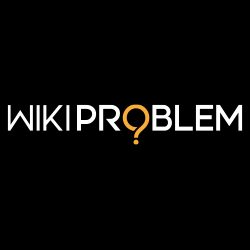What Are The Important On Page SEO Factors
On-page SEO factors refer to the various elements of a web page that can be optimized to improve its ranking on search engine result pages (SERPs). Here are some of the most important on-page SEO factors:
Content Quality
As mentioned, high-quality and relevant content is the most important factor for on-page SEO. The content should be original, comprehensive, and provide value to the user. It's also important to make sure the content is properly formatted with headings, bullet points, and other visual elements to make it easy to read.
Title tag
The title tag is one of the most important on-page SEO elements as it's the first thing a user sees in the search engine results. It should be descriptive, include the target keyword, and be compelling enough to encourage users to click through to the website.
Meta description
The meta description is a brief summary of the page that appears under the title tag in the search engine results. It should be informative, include the target keyword, and encourage users to click through to the website.
Headings
Proper use of headings (H1, H2, H3, etc.) helps organize content and makes it easier for both users and search engines to understand the structure of the page. The H1 heading should include the target keyword and be used to describe the main topic of the page.
URL structure
The URL of the page should be descriptive and include the target keyword. It should be easy to read and understand, making it easy for users and search engines to understand the page's topic.
Keyword optimization
While it's important to use the target keyword in the content, title tag, meta description, headings, and URL, it's also important to avoid overusing it. Keyword stuffing can lead to a penalty from search engines, so it's important to use the target keyword in a natural and relevant way.
Image optimization
Optimizing images by using descriptive file names, alt tags, and reducing file size can improve page load time and help search engines understand the content of the page.
Internal linking
Using internal links to connect related content helps users and search engines understand the structure of the website and can lead to better rankings for all pages on the site.
Page speed
A fast-loading website improves user experience and can lead to better rankings. It's important to optimize images, reduce the size of CSS and JavaScript files, and use a content delivery network (CDN) to improve page load time.
Mobile-friendliness
With the majority of web traffic coming from mobile devices, having a mobile-friendly website is crucial for both user experience and search engine rankings. It's important to use responsive design and make sure the website is easy to use on smaller screens.
In summary, the important on-page SEO factors include creating high-quality and relevant content, optimizing the title tag, meta description, headings, URL, and images, using internal linking, optimizing page speed, and making the website mobile-friendly. By focusing on these factors, website owners can improve their search engine rankings and provide a better user experience for their visitors.
